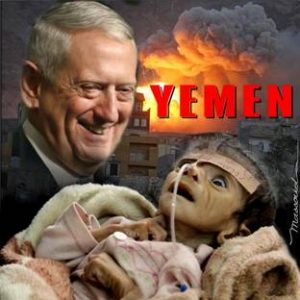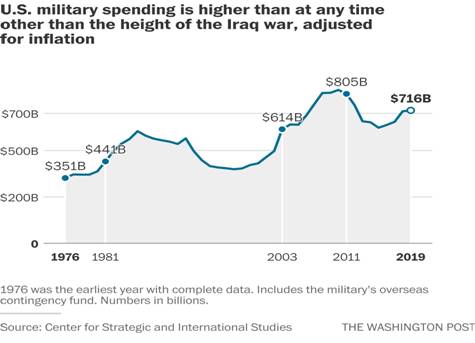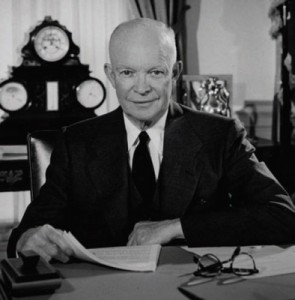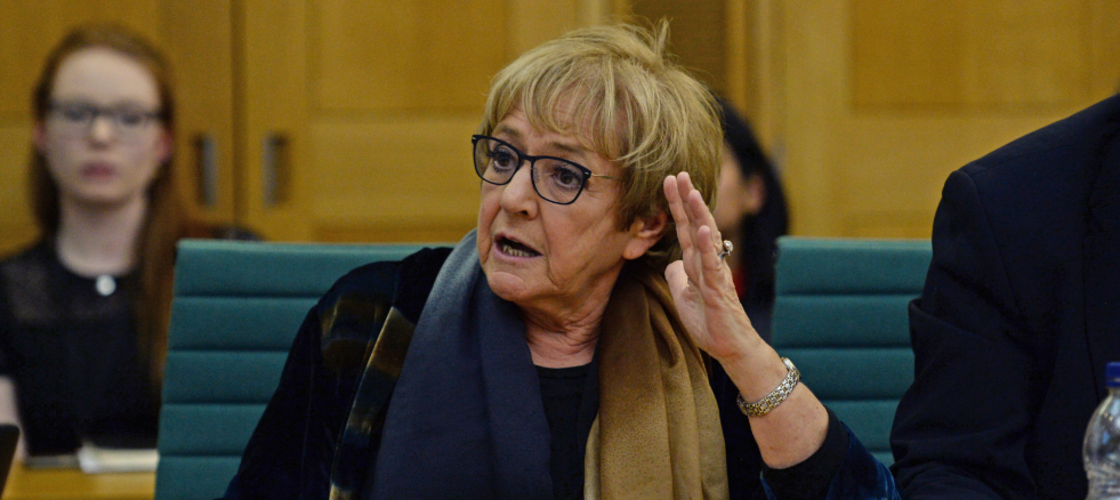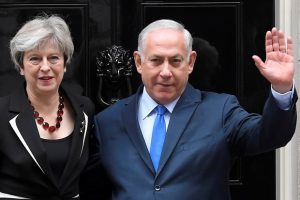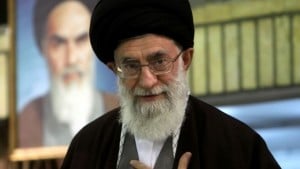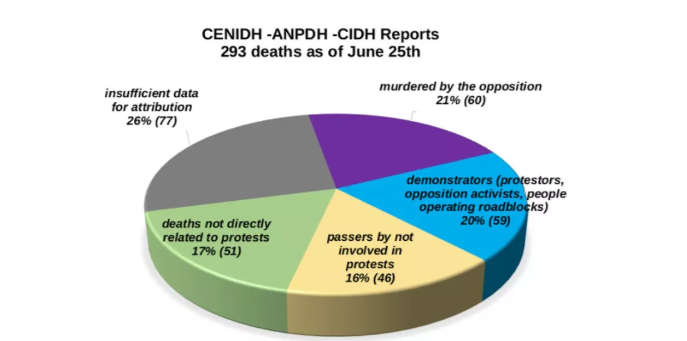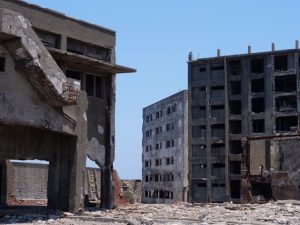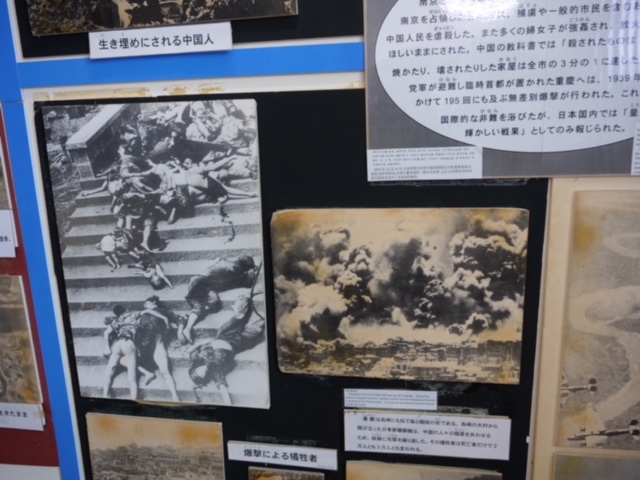Note to readers: please click the share buttons above
Being run by business, American culture suffers from an overwhelming preponderance of stupidity. When a set of institutions as reactionary as big business has a virtual monopoly over government and the media, the kinds of information, entertainment, commentary, ideologies, and educational policies on offer will not conduce to rationality or social understanding. What you’ll end up with is, for instance, an electorate 25 percent of whose members are inclined to libertarianism. And the number is even higher among young people. That is to say, huge numbers of people will be exposed to and persuaded by the propaganda of the Cato Institute, the magazine Reason, Ayn Rand’s novels, and Milton Friedman’s ideological hackery to express their rebellious and anti-authoritarian impulses by becoming “extreme advocates of total tyranny,” to quote Chomsky. They’ll believe, as he translates, that “power ought to be given into the hands of private, unaccountable tyrannies,” namely corporations. They’ll think that if you just get government out of the picture and let capitalism operate freely, unencumbered by regulations or oversight or labor unionism, all will be for the best in this best of all possible worlds. And they’ll genuinely believe they’re being subversive and anarchistic by proposing such a program.
The spectacle of millions adhering to such a breathtakingly stupid ideology would be comical if it weren’t so tragic. I’m an atheist, but Christianity strikes me as a more rational—and moral—religion than this “libertarian” [“neoliberal”] (really totalitarian) one of absolute faith in universal privatization, marketization, corporatization, and commoditization. To be a so-called libertarian is to be deplorably ignorant of modern history, economics, commonsense sociology, human psychology, and morality itself. (Regarding morality: if the Golden Rule is an essential maxim, then the communist slogan “From each according to his ability, to each according to his need,” which is basically a derivative of the Golden Rule, is fundamental to any humane social organization. Greed and Social Darwinism—every man for himself—are hardly morally luminous principles.) Given this reactionary philosophy’s intellectual sterility and the fact that it’s been refuted countless times, it’s tempting to simply ignore it. And most leftists do ignore it. But that’s a mistake, as the frightening figure quoted a moment ago (25 percent of the electorate) indicates. It’s necessary to challenge “free market” worship whenever and wherever it appears.
The economist Rob Larson has performed an important service, therefore, in publishing his new book Capitalism vs. Freedom: The Toll Road to Serfdom, the more so because the book’s lucidity and brevity should win for it a wide readership. In five chapters, Larson systematically demolishes the glib nostrums of Milton Friedman and Friedrich Hayek (in the process also dispatching those other patron saints of the right wing, Ludwig von Mises, Ayn Rand, and Murray Rothbard). Even the book’s title is highly effective: the message “capitalism vs. freedom” should be trumpeted from the hills, since it challenges one of the reigning dogmas of our society. Liberals and leftists themselves sometimes buy into the view that capitalism promotes freedom, arguing only that socialist equality and justice are more important than capitalist freedom. But this is a false framing of the issue. The fact is that socialism, which is to say workers’ democratic control of the economy, not only means greater equality and justice than capitalism but also greater freedom, at least for the 99 percent. It is freedom, after all, that has inspired anarchists and even Marxists, including Marx himself.
Larson begins with a brief discussion of two concepts of freedom, negative and positive (a distinction that goes back, as he notes, at least to Isaiah Berlin). Crudely speaking, negative freedom means the absence of external constraint, of a power that can force you to act in particular ways. Positive freedom is the ability or opportunity actually to realize purposes and wishes, to “control your destiny,” so to speak. It involves having the means to satisfy desires, as when you have the means to assuage hunger, be adequately clothed and sheltered, and have adequate sanitation. Positive freedom can be thought of as “freedom to,” whereas negative freedom is “freedom from.” Classical liberals like John Stuart Mill and modern conservatives like Friedman and Hayek are more concerned with negative freedom, which explains their desire for a minimal state; socialists are concerned also with positive freedom, sometimes believing that a stronger state (e.g., a social democracy) can help ensure such freedom for the majority of people.
Friedman and Hayek argued that free-market capitalism, with minimal intervention by the state, is the surest guarantee of negative liberty. Larson’s book is devoted mainly to refuting this belief, which is widely held across the political spectrum; but it also defends the less controversial claim that capitalism is incompatible with widespread positive liberty too.
“Capitalism,” Larson writes, “withholds opportunities to enjoy freedom (required by the positive view of freedom) and also encourages the growth of economic power (the adversary of liberty in the negative view of freedom).”
That concentrations of economic power in themselves threaten negative liberty might be challenged, but this is a weak argument, among other reasons because it’s clear that centers of (economic) power will tend to dominate and manipulate the state in their own interest. They’ll construct coercive apparatuses to subordinate others to their power, which will itself enable further accumulations of power, etc., until finally the society is ruled by an oligarchy. Thus, from “pure” capitalism you get an oligarchy with the power to coerce.
However obvious this point may seem to those possessed of common sense, it’s far from obvious to libertarians and most conservatives. According to Friedman,
“the kind of economic organization that provides economic freedom directly, namely, competitive capitalism, also promotes political freedom because it separates economic power from political power and in this way enables the one to offset the other.”
Here we encounter the typical naïve idealism of conservatives (and, indeed, of centrists and liberals), which I’ve discussed at length here. Rather than analyzing the real conditions of real social structures, conservatives traffic in airy abstractions about “freedom,” “the separation of political and economic power,” the lofty virtues of “competitive capitalism,” and so on. Evidently it doesn’t occur to Friedman that economic power will tend to confer political power, and therefore that, far from offsetting each other, the two will be approximately fused. The economically powerful might not directly hold political office, but because of the resources they possess, they’ll have inordinate power and influence over political leaders. This is intuitively obvious, but it’s also borne out by empirical research.
It’s worth pointing out, too, something that Larson doesn’t really focus on: within corporations, freedom, even negative freedom, is severely curtailed. In the absence of a union, the employee has hardly any rights. There’s no freedom of expression, for example, and the boss can threaten you, manipulate you however he wants, verbally abuse you, behave horrendously towards you with probably no repercussions for himself. Capitalism in fact is a kind of fragmented totalitarianism, as privately totalitarian corporate entities proliferate all over society and constitute its essential infrastructure, its foundation. The more oligopolistic they become, to some degree even fused with the state, the less “fragmented” and more dangerous the totalitarianism is. Eventually the “libertarian” millennium might be achieved in which all countervailing forces, such as unions, are eradicated and the population is left wholly at the mercy of corporations, reveling in its sublime freedom to be totally dominated.
Anyway, to resume the thread: Larson is right that “in portraying [the] concentration of money in society as a reasonable development”—e.g., as a reward for successfully competing against other capitalists—“the libertarian tradition completely dismisses the power of concentrated money.” Hayek, for example, claims that in a “competitive society” (a meaningless abstraction: different kinds of societies can be “competitive”) nobody possesses excessive power. “So long as property is divided among many owners, none of them acting independently has exclusive power to determine the income and position of particular people.” Okay, fine, maybe not exclusive power, but to the degree that property is divided among fewer and fewer owners, these people can achieve overwhelming power to determine the income and position of others. Such as by acquiring greater “positive freedom” to dominate the state in their interests and against the interests of others, who thus proportionately lose positive freedom and possibly (again) even negative freedom, e.g. if the wealthy can get laws passed that restrict dissidents’ right to free speech or free assembly.
More generally, it goes without saying that positive freedom is proportional to how much money you have. It apparently doesn’t bother most libertarians that if you’re poor and unable to find an employer to rent yourself to (in the gloriously “free, voluntary, and non-coercive” labor market), you won’t be able to eat or have a minimally decent life. Hopefully private charities and compassionate individuals will come forward to help you; but if not, well, it’s nothing that society as a whole should care about. Strictly speaking, there is no right to live (or to have shelter, food, health care, education, etc.); there is only a right not to be interfered with by others (except in the workplace). What a magnificent moral vision.
Libertarians admit that concentrations of wealth emerge in capitalism, but they deprecate the idea that capitalism leads to competition-defeating market concentration in such forms as oligopolies, monopolies, and monopsonies (like Wal-Mart). Usually these are created, supposedly, by government interference. But most businessmen and serious scholars disagree, pointing, for instance, to the significance of economies of scale. The famous business historian Alfred Chandler showed that many industries quickly became oligopolistic on the basis, in large part, of economies of scale. Historian Douglas Dowd observes that large-scale industrial technology has made it both necessary for firms to enlarge and possible for them to control their markets, while Australian economist Steve Keen argues that “increasing returns to scale mean that the perfectly competitive market is unstable: it will, in time, break down [into oligopoly or monopoly].”
Larson might have gone further in this line of argument by emphasizing just how much capitalists hate market discipline—i.e., the “free market”—and are constantly trying to overcome it. They’re obsessed with controlling markets, whether through massive advertising campaigns, destruction or absorption of their competitors, price-fixing and other forms of collusion, or the formation of hundreds of trade associations. The historian Gabriel Kolko’s classic study The Triumph of Conservatism: A Reinterpretation of American History, 1900–1916 revealed that the hatred of market anarchy is so extreme that Progressive-Era oligopolists were actually the main force behind government regulation of industry (to benefit business, not the public), as with the Meat Inspection Act of 1906, the Pure Food and Drug Act, the Federal Reserve Act, the Clayton Antitrust Act, and the Federal Trade Commission Act. Andrew Carnegie and Elbert H. Gary, head of U.S. Steel, even advocated government price-fixing! So much for the corporate propaganda about how wonderful free markets are.
If government regulation is primarily responsible for monopoly elements in industries, as Friedman and Hayek argue, then you’d think that the deregulation tsunami of the neoliberal era would have led to greater competition across the economy. Did it? Not exactly. Larson quotes a Forbes article:
Since freight railroads were deregulated in 1980, the number of large, so-called Class I railroads has shrunk from 40 to seven. In truth, there are only four that matter… These four superpowers now take in more than 90% of the industry’s revenue… An estimated one-third of shippers have access to only one railroad.
Quod erat demonstrandum. But there are many other examples. The deregulatory Telecommunications Act of 1996 was supposed to throw open the industry to competition; what it accomplished, according to the Wall Street Journal, was “a new phase in the hyper-consolidation of the cable industry… An industry that was once a hodgepodge of family-owned companies has become one of the nation’s most visible and profitable oligopolies.” These trends have occurred throughout the media, on a global scale.
The same consolidation is found in the airline industry, where deregulation “set off a flurry of mergers” (as the Journal notes), “creating a short roster of powerful giants. And consumers are, in many cases, paying the price.” In fact, it’s well known that deregulation has facilitated an enormous wave of mergers and acquisitions since the 1980s. (Similarly, the big businesses, and later the mergers, of the Gilded Age appeared in a time of little public regulation.) All this market-driven oligopolization has certainly not increased consumer freedom, or the freedom of anyone but the top fraction of one percent in wealth.
Speaking of communications and the media, another classic libertarian claim is hollow: far from encouraging a rich and competitive diversity of information and opinion, the free market tends to narrow the spectrum of opinion and information sources. When Hayek writes of totalitarian governments that “The word ‘truth’ ceases to have its old meaning. It describes no longer something to be found, with the individual conscience as the sole arbiter… it becomes laid down by authority,” referring to the “spirit of complete cynicism as regards truth…the loss of the sense of even the meaning of truth,” it is easy to think he’s describing the mass media in the heavily capitalist United States. For one thing, because of scale economies and other market dynamics, over time fewer and fewer people or groups can afford to run, say, a successful and profitable newspaper. Across the West, in the twentieth century competition eventually weeded out working-class newspapers that had fewer resources than the capitalist mass media, and the spectrum of information consumed by the public drastically narrowed.
“Market forces thus accomplished more than the most repressive measures of an aristocratic state,” to quote the authors of an important study.
Image on the right: “Girl in Red” advertisement for Lucky Strike; shot by Nickolas Muray, a photographer enlisted by Bernays to help popularize feminine thinness and cigarette smoking.

At the same time, the sources of information became less and less independent, due to the development of the advertising market. Advertisers “acquired a de facto licensing power because, without their support, newspapers ceased to be economically viable.” As Edward Herman says, it wasn’t the final consumer’s but the advertiser’s choices that determined media prosperity and survival, and hence the content (broadly speaking) of the news and opinion pieces. Moreover, the media increasingly consisted of giant corporations who had basically the same interests as advertisers anyway. The result corresponded less to Friedman’s slogan Free to Choose than to Edward Bernays’ slogan Free to Imagine That We Choose (because what we’re choosing from is a narrow range of corporate and government propaganda).
Capitalism vs. Freedom also has a chapter on “political freedom,” and another on the “freedom of future generations”—which is nonexistent in a strictly capitalist society because future generations have no money and therefore no power. They have to deal with whatever market externalities result from their ancestors’ monomaniacal pursuit of profit. Including the possible destruction of civilization from global warming, a rather large externality. Even in the present, the IMF has estimated that the “external” costs of using fossil fuels, counting public health effects and environmental ramifications, are already $5 trillion a year. Again, this should suggest to anyone with a few neurons still functioning that markets aren’t particularly “efficient.” Especially considering the existence of major public goods that are undersupplied by the market, such as roads, bridges, sanitation systems, public parks, libraries, scientific research, public education, and social welfare programs. What do Friedman and Hayek think of these things? Well, Hayek was writing for a Western European audience, so he had to at least pretend to be reasonable. “[T]he preservation of competition [is not] incompatible with an extensive system of social services,” he wrote, which leaves “a wide and unquestioned field for state activity.” Okay. But that’s a significant concession. Apparently his “libertarianism” wasn’t very consistent.
For Friedman, public goods should be paid for by those who use them and not by a wealthy minority that is being taxed against its wishes. “There is all the difference in the world,” he insists, “between two kinds of assistance through government that seem superficially similar: first, 90 percent of us agreeing to impose taxes on ourselves in order to help the bottom 10 percent, and second, 80 percent voting to impose taxes on the top 10 percent to help the bottom 10 percent.” Thus, the wealthy and powerful shouldn’t have to pay taxes to maintain services from which they don’t directly benefit. We shouldn’t subtract any of the positive freedom from people who have an enormous amount of it (i.e., of power, the concentration of which libertarians are supposed to oppose) in order to give more positive freedom to people who have very little of it. That would be unforgivably compassionate.
Most of Larson’s chapter on political freedom consists of salutary reminders of how politics actually works in the capitalist United States. Drawing on Thomas Ferguson’s investment theory of party competition, Larson describes the political machinations of big business, the concerted and frequently successful efforts to erode the positive and negative freedoms of the populace, the permanent class war footing, the fanatical union-busting, the absurdly cruel austerity programs of the IMF (which, again, serve but to crush popular freedom and power), and the horrifying legacy of European and U.S. imperialism around the world. Readers who want to learn more about the dark side of humanity can consult William Blum’s Killing Hope, Naomi Klein’s The Shock Doctrine (which also describes Hayek and Friedman’s love-affairs with neo-Nazi Latin American generals), Robert Fisk’s The Great War for Civilization, and most of Noam Chomsky’s books. In light of all these practices and policies that have emerged, directly or indirectly, out of the dynamics of the West’s market economy, to argue that capitalism promotes human freedom is to be a hopeless intellectual fraud and amoral minion of power.
(If that judgment sounds harsh, consider this gem from Hayek, directed against measures to ensure worker security: “It is essential that we should relearn frankly to face the fact that freedom can be had only at a price and that as individuals we must be prepared to make severe material sacrifices to preserve our liberty.” More exactly, working-class individuals have to make severe sacrifices to preserve the liberty of the capitalist class.)
In fact, to the extent that we have freedom and democracy at all, it has been achieved mainly through decades and centuries of popular struggle against capitalism, and against vicious modes of production and politics (including slavery and Latin American semi-feudalism) that have been essential to the functioning of the capitalist world-economy. Göran Therborn’s classic article “The Rule of Capital and the Rise of Democracy” gives details, as does Howard Zinn’s famous People’s History of the United States.
Larson, unlike the charlatans whose work he reviews, actually does believe that “concentrated power is opposed to human freedom,” so he dedicates his final chapter to briefly expositing a genuinely libertarian vision, that of socialism. Here I need only refer to the work of such writers as Anton Pannekoek, Rudolf Rocker, Peter Kropotkin, Errico Malatesta, Murray Bookchin, and others in the anarchist and/or left-Marxist tradition. There’s a lot of talk of socialism these days, but few commentators (except on the left) know what they’re talking about. For instance, like Hayek and Friedman, they tend to equate socialism with state control, authoritarianism, the Soviet Union, and other boogeymen. This ignores the fact that anarchism, which reviles the state, is committed to socialism. So virtually all mainstream commentary on socialism is garbage and immediately refuted from that one consideration alone. The basic point that conservatives, centrists, and liberals refuse to mention, because it sounds too appealing, is that socialism means nothing else but worker and community control. Economic, political, and social democracy. It is, in essence, a set of moral principles that can theoretically be fleshed out in a variety of ways, for instance some preserving a place for the market and others based only on democratic planning (at the level of the neighborhood, the community, the firm, the city, the nation, etc.). The core of socialism is freedom—the absence of concentrated power—not absolute equality.
Whether a truly socialist, libertarian society will ever exist is an open question, but certain societies have approached the ideal more closely than others. The Soviet Union was, and the U.S. is, very far from socialism, while Scandinavian countries are a little closer (since the population generally has more freedom and power there than in the U.S. and the Soviet Union). The Bolivian Constitution of 2009 is vastly closer to socialism, which is to say morality and the ideal of human dignity, than the reactionary U.S. Constitution. On a smaller scale, worker cooperatives—see this book—tend to embody a microcosmic socialism.
Larson ends his book on the note sounded by Rosa Luxemburg a century ago: socialism or barbarism. Margaret Thatcher’s infamous declaration “There is no alternative” can now be given a more enlightened meaning: there is no alternative to socialism, except the destruction of civilization and maybe the human species. Morality and pragmatic necessity, the necessities of survival, now coincide. Concentrated corporate power must be dismantled and democracy substituted for it—which is a global project that will take generations but is likely to develop momentum as society experiences ever-greater crises.
In the end, perhaps Friedman, Hayek, and their ilk will be seen to have contributed to the realization of a truly libertarian program after all, albeit indirectly. For by aiding in the growth of an increasingly authoritarian system, they may have hastened the birth of a democratic opposition that will finally tear up the foundations of tyranny and lay the groundwork for an emancipated world. Or at least a world in which Friedmans and Hayeks can’t become intellectual celebrities. For now, I’d settle for that.
*
Chris Wright has a Ph.D. in U.S. history from the University of Illinois at Chicago, and is the author of Notes of an Underground Humanist, Worker Cooperatives and Revolution: History and Possibilities in the United States, and Finding Our Compass: Reflections on a World in Crisis. His website is www.wrightswriting.com.

 Giants: The Global Power Elite
Giants: The Global Power Elite




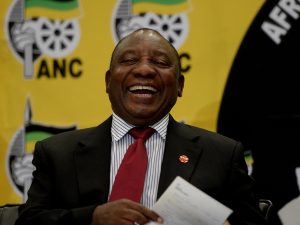



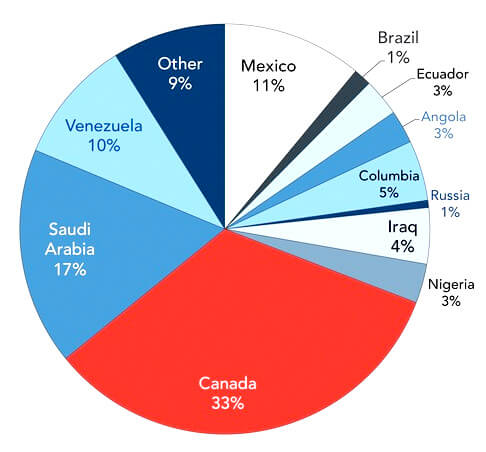
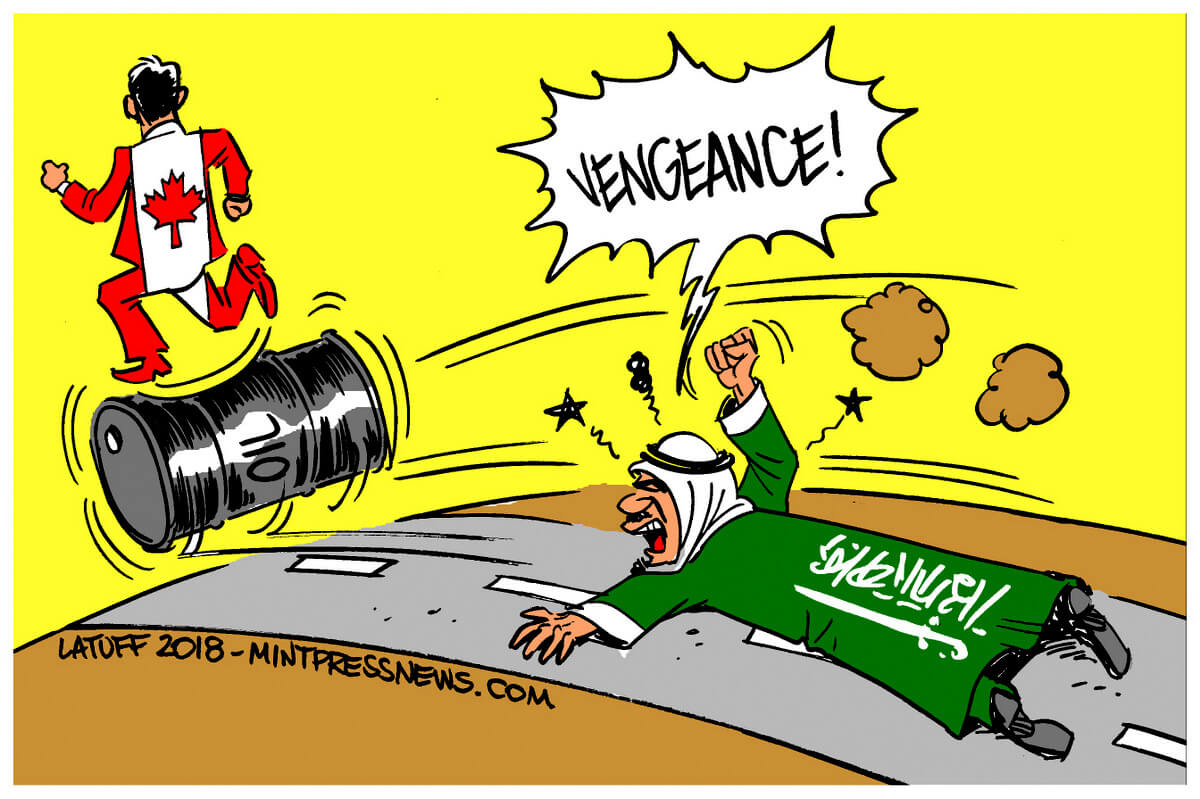



 Can you
Can you 